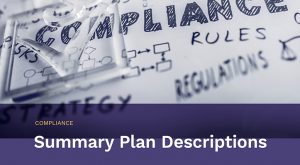If the average American reads at an eighth-grade level, why do we expect employees to understand regulatory documents written at a college-junior level (most are)? The main reason is risk avoidance. The other reason? Habit.

Many of the employee handbooks we’ve revamped came to us as the finger-wagging type — lots of rules or “do’s and don’ts.” The tone rarely matched the company’s culture. Does yours? We’ve got some tips in this sample handbook to help you.



